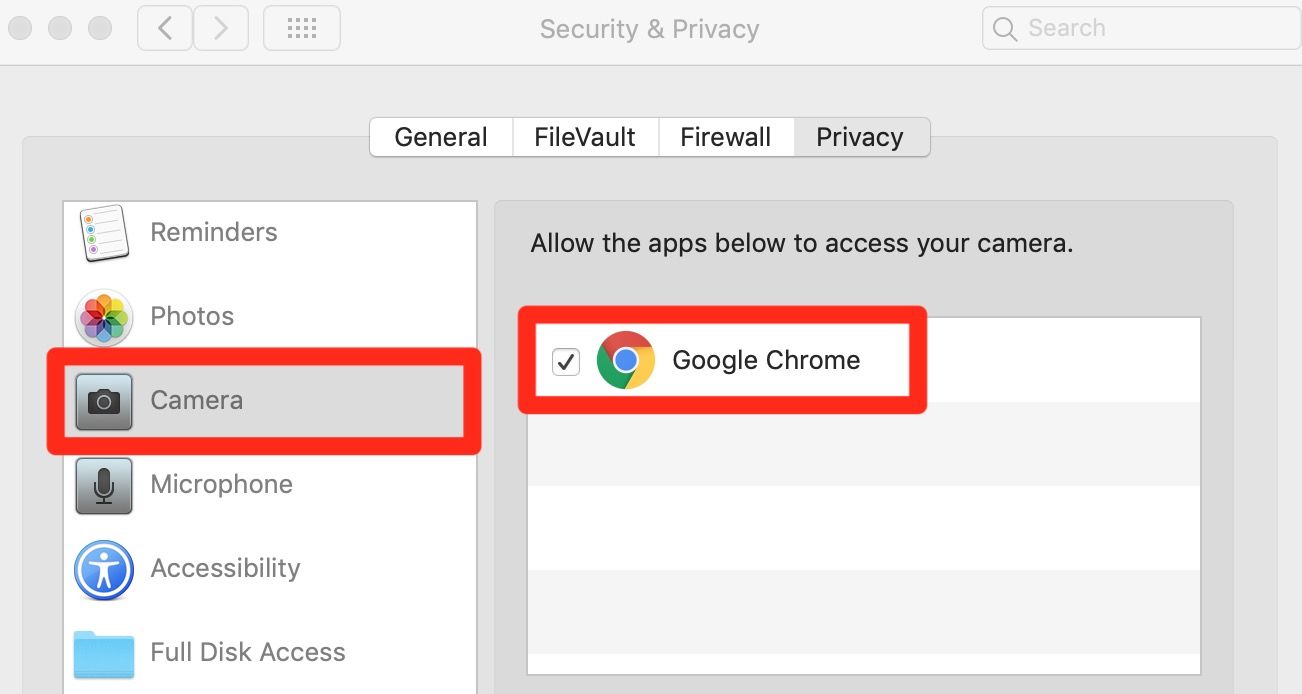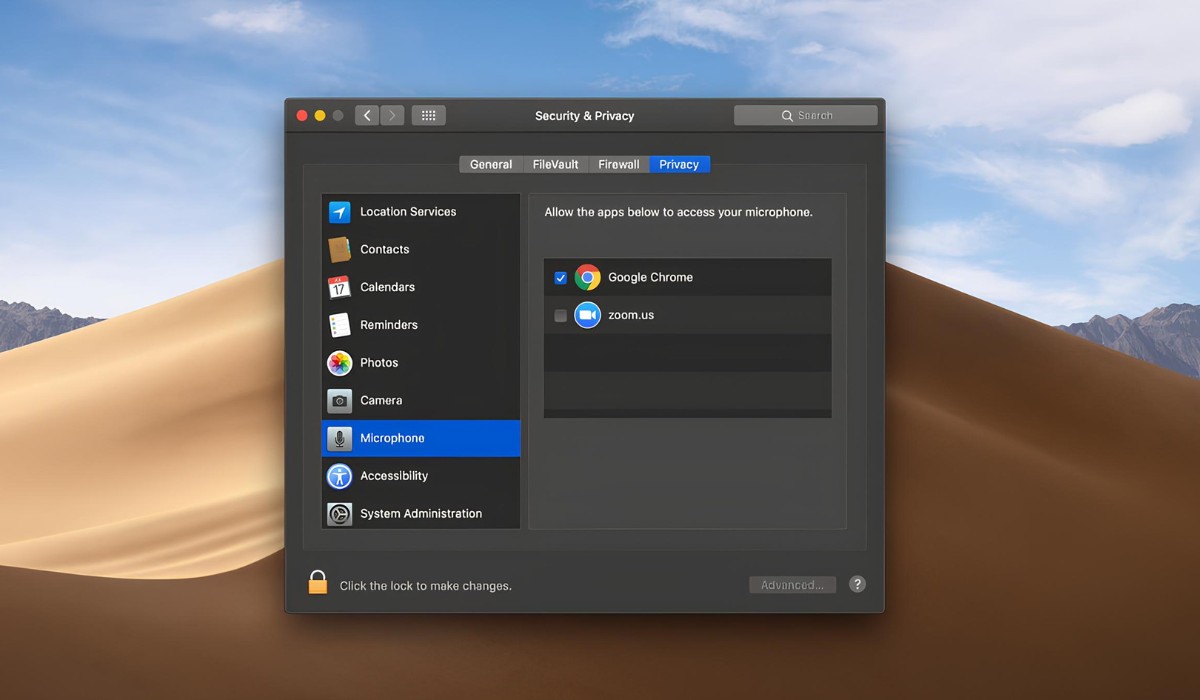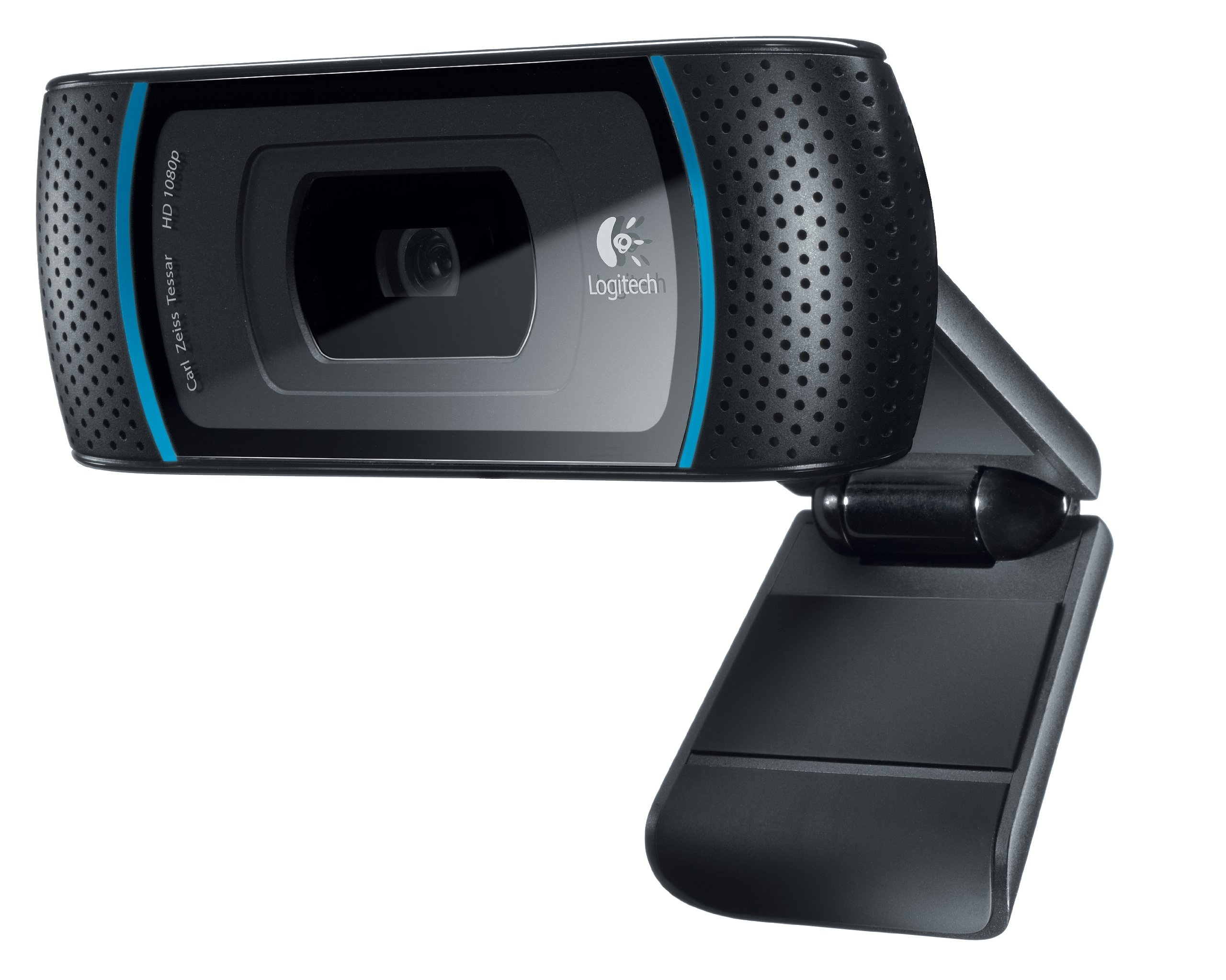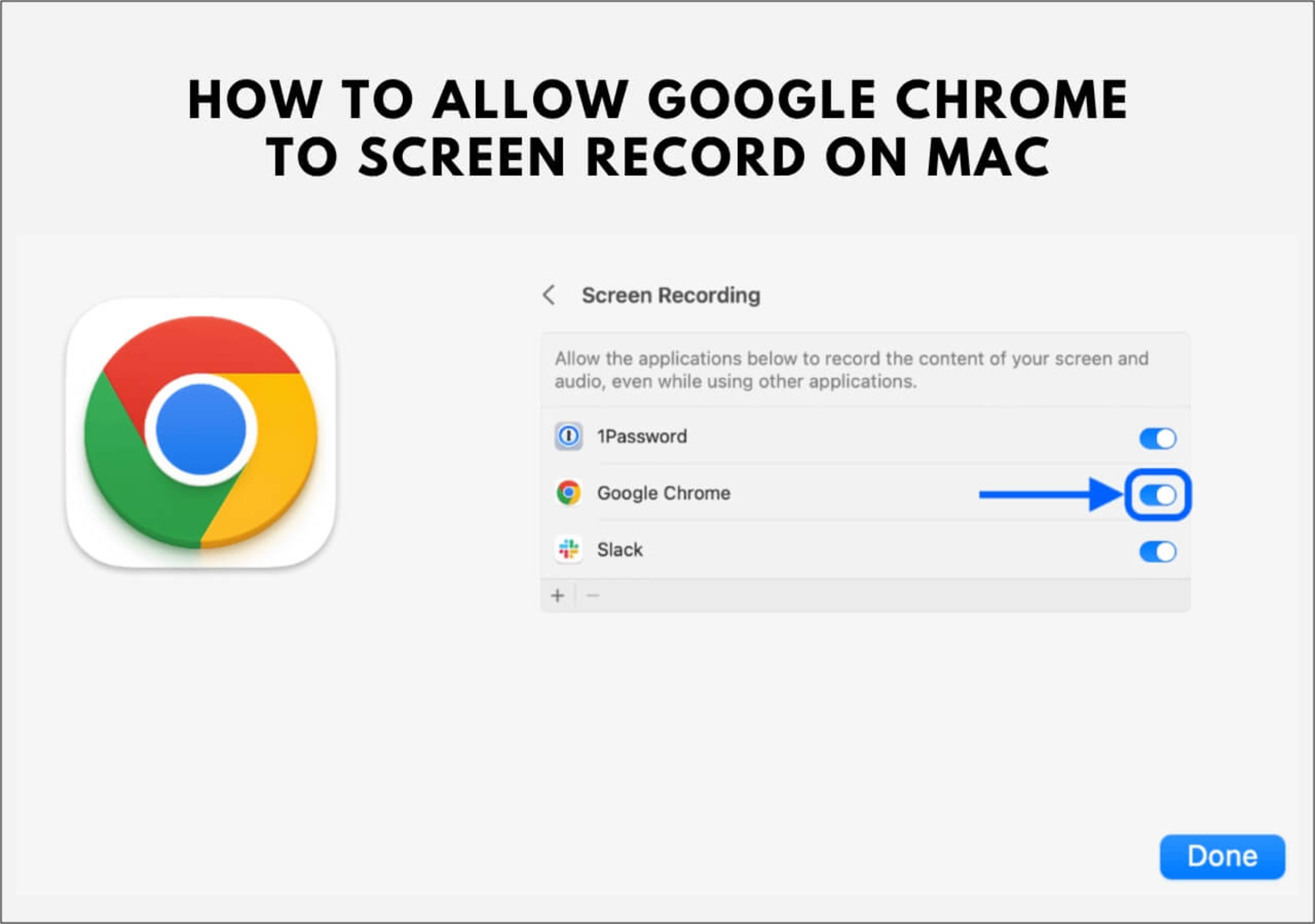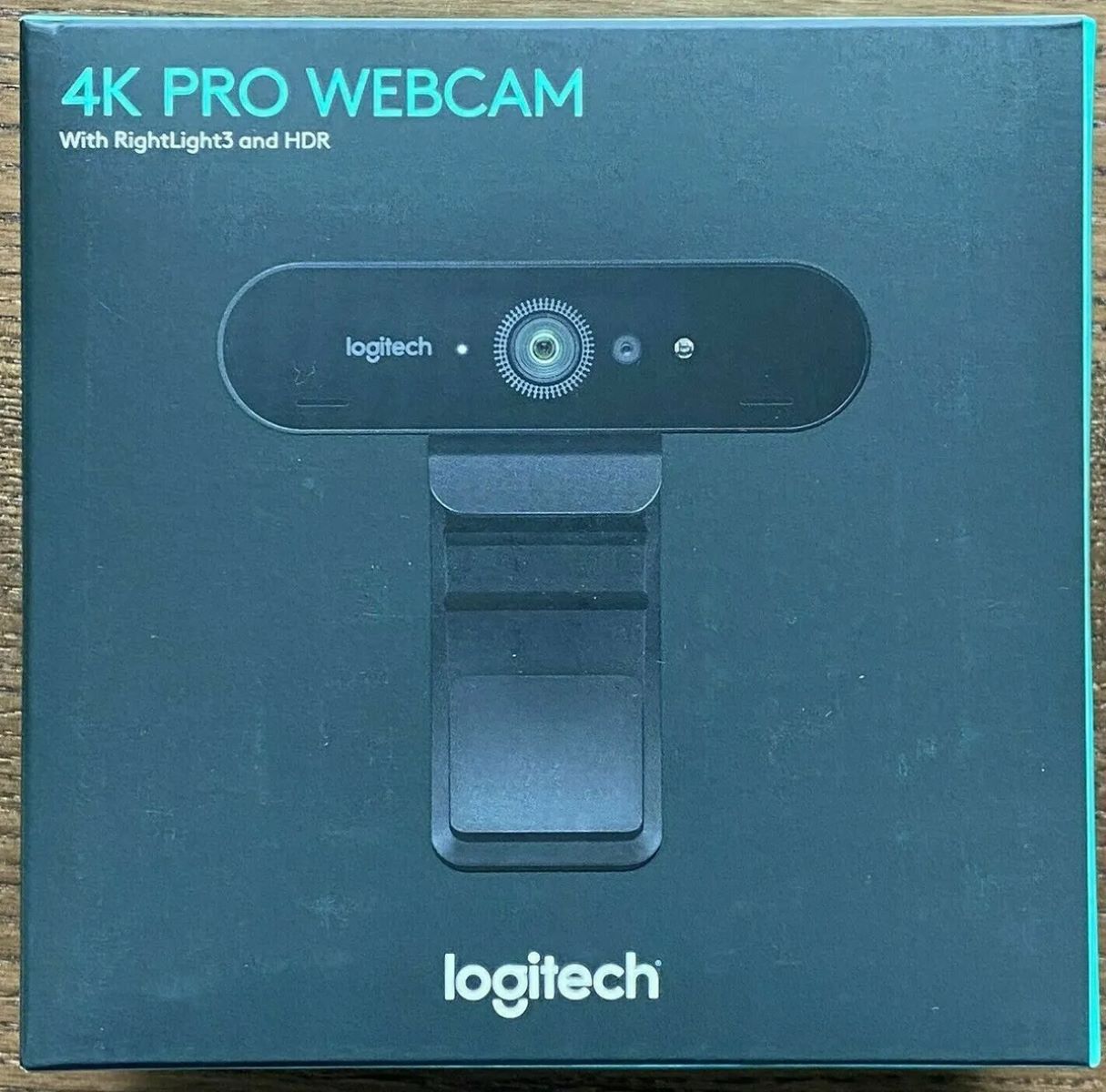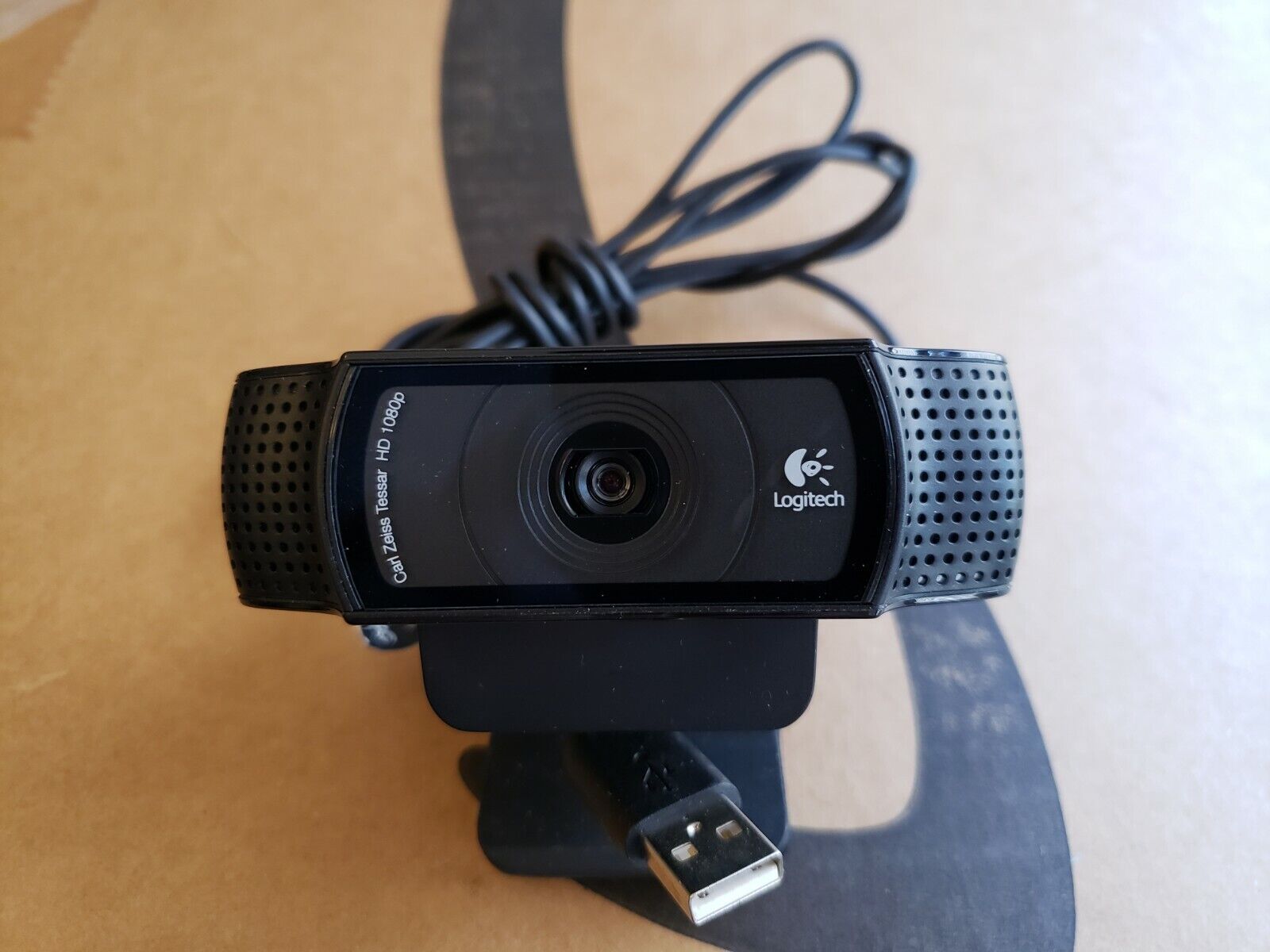Introduction
Chrome, the widely-used web browser developed by Google, offers a plethora of features and functionalities to enhance the browsing experience. One such feature is the ability to access the microphone, enabling users to engage in voice and video calls, record audio, and interact with various web applications that require microphone input.
However, many users encounter challenges when attempting to allow Chrome to access the microphone on their Mac devices. This can be attributed to the stringent privacy and security measures implemented by the macOS operating system, which often prompts users to grant explicit permission for applications to access hardware components such as the microphone.
In this comprehensive guide, we will delve into the intricacies of enabling microphone access for Chrome on Mac, providing step-by-step instructions and troubleshooting tips to ensure a seamless and hassle-free experience. Whether you're a professional who relies on web-based communication tools or a casual user looking to explore the diverse functionalities of Chrome, understanding how to grant microphone access is essential for maximizing the browser's capabilities.
By following the methods outlined in this guide, you will gain a deeper understanding of Chrome's permissions settings and acquire the knowledge needed to troubleshoot any potential issues that may arise. Let's embark on this journey to empower your Chrome browsing experience by unlocking the full potential of microphone access on your Mac.
Checking Microphone Permissions in Chrome
Before delving into the process of allowing Chrome to access the microphone on your Mac, it's crucial to first ascertain the current status of microphone permissions within the browser. This initial step involves navigating through Chrome's settings to verify whether the microphone access has been granted or denied.
-
Accessing Chrome Settings: Launch the Chrome browser on your Mac and click on the three-dot menu icon located at the top-right corner of the window. From the dropdown menu, select "Settings" to proceed to the browser's configuration options.
-
Navigating to Site Settings: Within the Settings menu, scroll down and click on "Privacy and security" in the left-hand sidebar. Subsequently, select "Site settings" to access a range of permissions and site-specific settings.
-
Locating Microphone Permissions: Under the "Permissions" section, locate and click on "Microphone" to view the current permissions status. Here, you can observe which websites or web applications have been granted access to your microphone, as well as any sites where access has been denied.
-
Verifying Permission Status: Upon clicking on "Microphone," you will be presented with a list of websites and their respective microphone permissions. Take note of the status next to each website, indicating whether microphone access has been allowed, blocked, or set to ask for permission.
By following these steps, you can effectively check the microphone permissions within Chrome, gaining insight into which websites have been granted access to your microphone and identifying any potential issues related to permissions. This preliminary assessment sets the stage for the subsequent process of allowing microphone access in Chrome settings, which we will explore in the following section.
This initial exploration of microphone permissions in Chrome serves as a foundational step in understanding the current state of access within the browser. With this knowledge in hand, you can proceed to make informed decisions regarding the management of microphone permissions, ensuring a secure and tailored browsing experience that aligns with your preferences and privacy considerations.
Allowing Microphone Access in Chrome Settings
Enabling microphone access in Chrome settings is a pivotal step towards harnessing the full potential of web-based communication tools, audio recording applications, and interactive web experiences. By granting the necessary permissions, users can seamlessly engage in voice and video calls, participate in virtual meetings, and leverage a myriad of web applications that rely on microphone input. Here's a detailed walkthrough of the process to allow microphone access within Chrome settings on your Mac:
-
Accessing Site Settings: After verifying the current microphone permissions as outlined in the previous section, return to the "Site settings" menu within Chrome's settings. This can be achieved by clicking on the three-dot menu icon, selecting "Settings," and navigating to "Privacy and security" followed by "Site settings."
-
Modifying Microphone Permissions: Within the "Site settings" menu, locate and click on "Microphone" to delve into the specific permissions related to microphone access. Here, you will encounter a range of options that govern how Chrome interacts with websites requesting microphone usage.
-
Allowing Microphone Access: To grant microphone access to a specific website, click on the "Add" button next to the "Allow" section. Subsequently, enter the URL of the website for which you wish to enable microphone access and click "Add" to confirm the modification. This action explicitly grants the designated website permission to access your microphone when necessary.
-
Adjusting Permission Settings: In addition to allowing microphone access for specific websites, Chrome provides the flexibility to fine-tune permission settings based on individual preferences. Users can choose to block microphone access for certain websites or set the browser to prompt for permission each time a website requests microphone access, thereby exercising greater control over their browsing experience.
-
Verifying Changes: After making the necessary adjustments to microphone permissions, it is advisable to revisit the "Microphone" settings to ensure that the modifications have been successfully applied. By reviewing the list of websites and their corresponding permissions, users can confirm that the desired changes, such as allowing microphone access for specific sites, have been accurately implemented.
By following these steps, users can effectively navigate Chrome's settings to allow microphone access for designated websites, thereby facilitating seamless interactions with web-based audio functionalities and communication tools. This process empowers users to tailor their browsing experience according to their preferences, while maintaining a heightened level of control over microphone permissions within the Chrome browser on their Mac.
This detailed exploration of allowing microphone access in Chrome settings equips users with the knowledge and practical insights needed to manage permissions effectively, fostering a secure and personalized browsing environment that aligns with their unique usage requirements and privacy considerations.
Troubleshooting Microphone Access Issues
Encountering challenges related to microphone access within Chrome can be a frustrating experience, particularly when attempting to engage in voice calls, video conferences, or utilize web applications that rely on microphone input. Fortunately, there are several troubleshooting steps that users can undertake to address and resolve microphone access issues effectively. By following these strategies, users can navigate potential obstacles and restore seamless microphone functionality within the Chrome browser on their Mac.
Verifying System Preferences
Before delving into Chrome-specific troubleshooting, it is essential to ensure that the macOS system preferences pertaining to microphone access are configured correctly. Users can navigate to "System Preferences" on their Mac, select "Security & Privacy," and navigate to the "Privacy" tab. Here, under the "Microphone" section, users should confirm that Chrome is listed and enabled to access the microphone. If Chrome is not listed or enabled, users can click the lock icon, enter their credentials, and make the necessary adjustments to grant microphone access to Chrome.
Clearing Browser Cache and Cookies
In some instances, accumulated browser cache and cookies may interfere with microphone functionality within Chrome. Users can navigate to Chrome's settings, access the "Privacy and security" section, and proceed to clear browsing data. By selecting the option to clear cache and cookies, users can eliminate potential conflicts that might impede microphone access, thereby restoring optimal functionality.
Updating Chrome and macOS
Outdated browser versions or system software can contribute to compatibility issues that affect microphone access. Users should ensure that both Chrome and macOS are updated to the latest versions available. By installing updates, users can benefit from bug fixes, security enhancements, and improved compatibility, potentially resolving any underlying issues related to microphone access within Chrome.
Testing with Alternative Browsers
To isolate the issue and determine whether it is specific to Chrome, users can test microphone functionality on alternative browsers such as Safari or Firefox. If the microphone operates seamlessly on other browsers, it may indicate that the issue is confined to Chrome. Conversely, if the issue persists across multiple browsers, it suggests a broader system-level concern that warrants further investigation.
Reviewing Browser Extensions and Permissions
Certain browser extensions or conflicting permissions settings within Chrome can impact microphone access. Users should review their installed extensions, temporarily disable them, and test microphone functionality to identify any potential conflicts. Additionally, revisiting Chrome's site-specific permissions and ensuring that microphone access is granted to trusted websites can mitigate access issues stemming from permission restrictions.
By implementing these troubleshooting strategies, users can navigate and address microphone access issues within the Chrome browser on their Mac, restoring seamless functionality and enabling the utilization of microphone-dependent features across various web-based applications and communication platforms.
Conclusion
In conclusion, mastering the process of allowing Chrome to access the microphone on your Mac empowers you to fully leverage the diverse functionalities of the browser, from engaging in voice and video calls to seamlessly interacting with web applications that rely on microphone input. By navigating Chrome's settings and understanding the intricacies of microphone permissions, you gain the ability to tailor your browsing experience according to your preferences while maintaining a heightened level of control over privacy and security considerations.
Through the comprehensive guide presented, you have gained valuable insights into the following key aspects:
-
Microphone Permissions Verification: You have learned how to check the current status of microphone permissions within Chrome, enabling you to identify which websites have been granted access to your microphone and ascertain any potential issues related to permissions.
-
Enabling Microphone Access: The detailed walkthrough provided a step-by-step process for allowing microphone access within Chrome settings on your Mac. By granting explicit permissions to designated websites and fine-tuning access settings, you can seamlessly engage with web-based communication tools and audio functionalities.
-
Troubleshooting Strategies: The troubleshooting strategies outlined equip you with the knowledge needed to address and resolve microphone access issues effectively. From verifying system preferences to reviewing browser extensions and permissions, you have a comprehensive toolkit to navigate potential obstacles and restore seamless microphone functionality within Chrome.
By embracing these insights and practical strategies, you are well-equipped to navigate the complexities of microphone access within Chrome, fostering a secure and personalized browsing environment that aligns with your unique usage requirements and privacy considerations. Whether you are a professional relying on web-based communication tools for remote collaboration or a casual user exploring the diverse capabilities of Chrome, the ability to manage microphone permissions effectively enhances your overall browsing experience.
As you continue to harness the power of Chrome on your Mac, the knowledge and skills acquired from this guide will serve as a valuable resource, enabling you to navigate microphone access settings with confidence and address any potential challenges that may arise. Embracing a proactive approach to managing microphone permissions within Chrome empowers you to unlock the full potential of web-based audio functionalities, communication tools, and interactive web experiences, ultimately enhancing your browsing journey.







